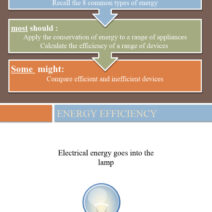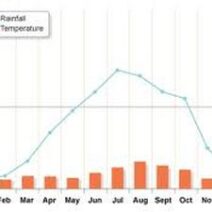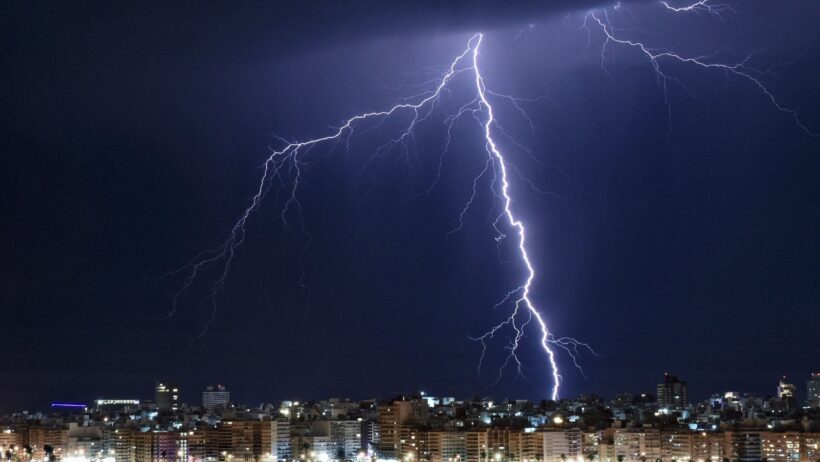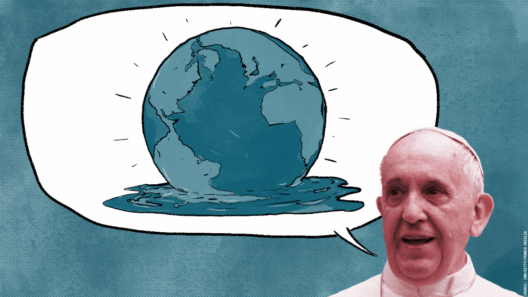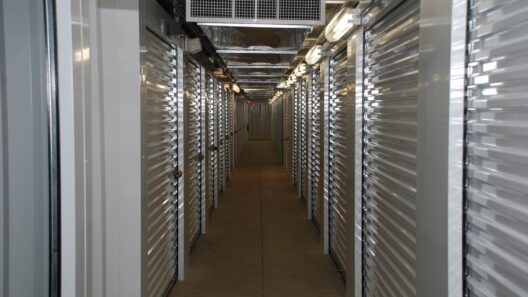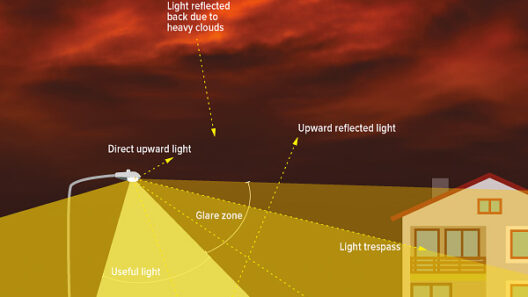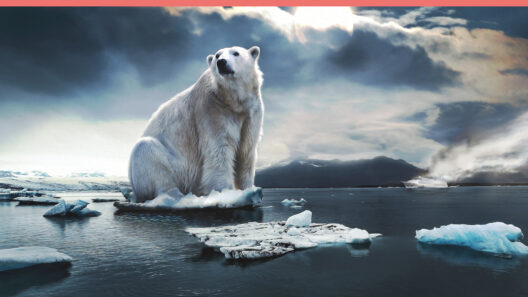Global warming has emerged as one of the most pressing concerns of our time, prompting debates, research, and inevitable consequences across various spheres, including the essential resource of water. As the planet’s average temperatures continue to rise due to anthropogenic greenhouse gas emissions, one of the critical questions that needs addressing is: does global warming cause a loss of water? To understand this complex relationship, we must delve into various facets including climate dynamics, hydrological cycles, and anthropogenic influences that contribute to the so-called “Thirsty Planet Problem.”
One of the most pivotal elements in the interaction between global warming and water availability is the hydrological cycle. The hydrological cycle encompasses the continuous movement of water within the Earth and atmosphere, facilitated through processes like evaporation, condensation, precipitation, and runoff. However, global warming is exerting significant impacts on these processes. For instance, as temperatures escalate, the rate of evaporation from oceans, lakes, and rivers increases, subsequently enhancing the atmospheric moisture content. This initially may seem beneficial; however, it leads to a paradox where increased evaporation results in less available water on the surface for consumption and ecosystem support.
When examining the phenomenon of precipitation, it becomes evident that global warming has led to alterations in rainfall patterns. Some regions experience torrential rainfall while others face prolonged droughts. This disproportionality is troubling as it creates a scenario where certain areas become more susceptible to flooding, while others suffer from acute water scarcity. The heads of hydrological variability create a critical situation in which fresh water resources are affected adversely by climate extremes. Droughts, in particular, have been linked to long-term changes in climatic conditions, primarily driven by human-induced climate change.
Drought conditions, intensified by rising global temperatures, can lead to a severe depletion of groundwater. Groundwater serves as a crucial reservoir for drinking water, agricultural needs, and industrial processes. When precipitation decreases and elevated temperatures increase evaporation and transpiration rates from plants, the natural replenishment of groundwater sources diminishes. Over time, this creates an unsustainable loop, wherein communities scramble for limited potable water, leading to potential conflicts and socio-economic instability.
Furthermore, melting glaciers and shrinking snowpacks due to global warming present their own set of challenges. Glaciers act as natural reservoirs, slowly releasing water into rivers during warmer months when demand is high. However, with the accelerating pace of glacial melt, regions dependent on glacial runoff may initially receive increased water; this is a short-lived benefit. Eventually, as glaciers diminish, the long-term availability of these vital water sources is compromised, exacerbating water crises in distinct regions.
The issue of freshwater management transcends quantity; quality must be considered as well. As warming temperatures lead to increased water scarcity, the competition for available resources intensifies. Contaminants from agricultural runoff, industrial waste, and urban development can pollute well-water and surface water sources. In regions undergoing drought, this becomes particularly dire, as strained water resources further dilute efforts to maintain water quality standards. Thus, a dual crisis emerges: a decrease in the availability of clean drinking water alongside threats from contamination.
Human activities are not merely spectators in this crisis; they are key actors. Deforestation, unsustainable agricultural practices, and urbanization contribute to the exacerbation of water shortages. Deforestation reduces the land’s ability to retain moisture which plays a significant role in regulating local climates and maintaining the hydrological cycle. When forests are cleared, the evaporation and transpiration rates are significantly altered, impacting the overall moisture levels in surrounding areas.
Agricultural practices, particularly in arid and semi-arid regions, exemplify human-induced changes to the natural water cycle. The reliance on high-water-consuming crops exacerbates the water scarcity issue, leading to over-extraction of groundwater and reduced river flows. This phenomenon creates a vicious cycle of depletion; as farmers face dwindling water supplies, the pressure to extract more water increases, rendering a sustainable future far more elusive.
To ameliorate the “Thirsty Planet Problem,” holistic and adaptive water management strategies are imperative. Integrative approaches that include conservation, innovative agricultural techniques, and the restoration of natural ecosystems can pave the way for sustainable water practices. For instance, implementing rainwater harvesting systems can maximize the utilization of available water, while promoting native vegetation can help in enhancing soil moisture retention.
Global warming certainly poses a significant threat to the availability and sustainability of water resources, exposing vulnerabilities within our hydrological systems. Understanding the intricate relationship between temperature increases and water loss is crucial for developing effective solutions. As climate change progresses, collective action, innovative technologies, and informed policy decisions will be paramount in addressing this multifaceted issue.
In conclusion, the dynamics of water availability due to global warming constitute a complex web of interactions rooted in environmental science, sociology, and economics. Acknowledging the impact of climate change on water resources allows for a more nuanced discussion that highlights the urgent need for concerted action. Only through understanding the depth of this crisis can we hope to safeguard our planet’s water resources for generations to come.
